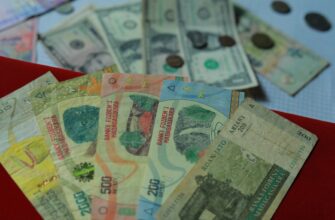What Is Crypto OHLCV?
OHLCV stands for Open, High, Low, Close, Volume—a charting format used to analyze price movements and trading activity in financial markets, including cryptocurrencies. These charts condense price data into visual “candlesticks” that help traders identify trends, volatility, and potential buy/sell signals. For crypto traders, OHLCV is indispensable for making data-driven decisions in fast-moving markets like Bitcoin, Ethereum, and altcoins.
Breaking Down the Components of Crypto OHLCV
- Open: The first traded price of an asset during a specific timeframe (e.g., 1 hour, 1 day).
- High: The highest price reached during that period.
- Low: The lowest price recorded.
- Close: The final price at the period’s end, critical for assessing momentum.
- Volume: The total number of coins or tokens traded, indicating market participation.
How Traders Use Crypto OHLCV Data
- Identify Trends: Rising closes suggest bullish trends; falling closes signal bearish activity.
- Spot Support/Resistance: Repeated highs/lows highlight price barriers.
- Volume Confirmation: High volume validates price breakouts or reversals.
- Pattern Recognition: Candlestick formations predict market shifts.
Common Crypto Candlestick Patterns
- Doji: Indecision; small body with long wicks.
- Hammer: Bullish reversal; long lower wick, small body.
- Engulfing: Strong reversal; one candle fully “engulfs” the prior.
- Head and Shoulders: Signals trend reversal with three peaks.
Top Tools for Crypto OHLCV Analysis
- TradingView: Advanced charts with custom indicators.
- CoinGecko: Free OHLCV data for 10,000+ cryptos.
- Binance: Built-in charts for spot and futures trading.
- Cryptowatch: Real-time data across exchanges.
FAQs About Crypto OHLCV
1. Why is volume important in OHLCV?
Volume confirms the strength of price movements—low volume may signal weak trends.
2. How do I read a candlestick chart?
Green candles = price rose; red candles = price fell. Wicks show highs/lows.
3. Can OHLCV predict crypto prices?
No, but it helps identify probabilities based on historical patterns.
4. Which timeframe is best for OHLCV?
Depends on strategy: day traders use 1-hour charts; long-term investors analyze weekly/monthly data.
Final Thoughts: Mastering crypto OHLCV analysis empowers traders to decode market sentiment and refine strategies. Pair charts with risk management for optimal results.








